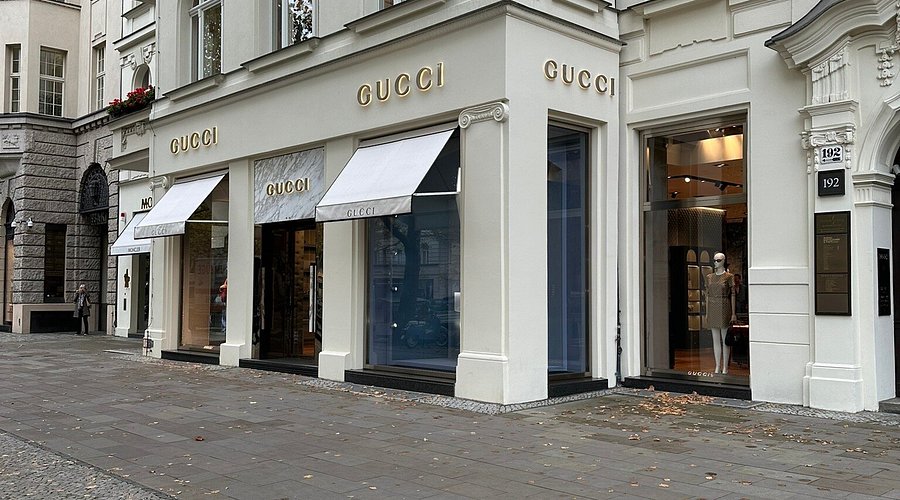Collectors Turn to Digital Masterpieces as Rare NFT Artworks Rival Old World Auctions
By
Sophie Moore
Last updated:
September 22, 2025
First Published:
September 22, 2025

Photo: About Her
For centuries, art collecting has been closely tied to canvas, sculpture, and physical masterpieces. Yet the definition of what can be collected and valued has shifted dramatically in the last few years. Today, digital artworks in the form of NFTs are commanding attention from elite collectors who once focused solely on traditional auctions.
The rise of digital scarcity
What makes these digital pieces attractive is not just their design but their rarity. Through blockchain, ownership of a digital artwork can be verified in a way that ensures uniqueness. This rarity transforms what might otherwise be a shareable image into a valuable collectible that rivals centuries old paintings.
Auction houses embrace innovation
The world’s most prestigious auction houses have begun integrating NFT art sales alongside their traditional lots. Bidders who once competed for oil paintings now find themselves raising paddles for pieces that exist entirely in the digital realm. This blending of old and new markets has given digital masterpieces an air of legitimacy.
A new kind of status symbol
For wealthy buyers, NFT artworks carry an aura of innovation. Owning one signifies not only appreciation for art but also participation in the future of culture. Much like commissioning a private portrait centuries ago, today’s collectors view NFTs as a reflection of vision and status.
The aesthetics of code
Unlike brushstrokes and marble carvings, digital artworks often involve intricate coding and generative design. Artists use algorithms to create visuals that cannot be replicated by hand. For collectors, this adds another dimension of fascination, where beauty is born from technology itself.
Record breaking sales
Prices for rare NFT art have reached staggering figures, rivaling classic masterpieces. For the ultra wealthy, this creates a new arena to compete in prestige. Winning a rare digital artwork at a record price places the collector at the forefront of cultural and financial conversations.
Displaying digital prestige
Unlike traditional canvases that hang in private galleries, NFT art often lives on digital screens, immersive rooms, or even in virtual environments. This transforms the act of display into a futuristic experience, where prestige is showcased not through walls but through networks and metaverse platforms.
Bridging generations of collectors
Younger wealthy individuals have embraced NFTs as naturally as older generations embraced impressionist paintings. This has created an interesting bridge where family collections may soon combine oil on canvas with blockchain tokens, weaving together heritage and modernity.
Risk and resilience
While markets fluctuate, the cultural impact of NFT art continues to grow. For the elite, risk is often part of the attraction. Just as past collectors gambled on unknown artists who later became legends, today’s investors hope their digital acquisitions will stand the test of time.
A redefining of legacy
As rare NFT artworks rival traditional auctions, the concept of legacy is expanding. Collectors are not only curating private galleries but also digital legacies that can exist across generations. In this new era, wealth and culture are no longer confined to physical form but extend into the limitless possibilities of the digital world.
Subscribe to unlock premium content
Sed at tellus, pharetra lacus, aenean risus non nisl ultricies commodo diam aliquet arcu enim eu leo porttitor habitasse adipiscing porttitor varius ultricies facilisis viverra lacus neque.
A comprehensive guide on Agile development

10 Productivity tools that are worth checking out

Top 7 Must have management tools for productivity

A comprehensive guide on Agile development

10 Productivity tools that are worth checking out

A comprehensive guide on Agile development








.png)
